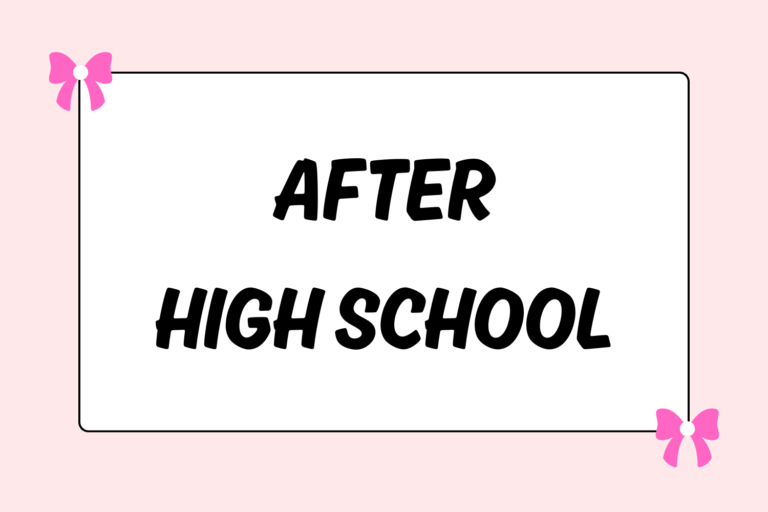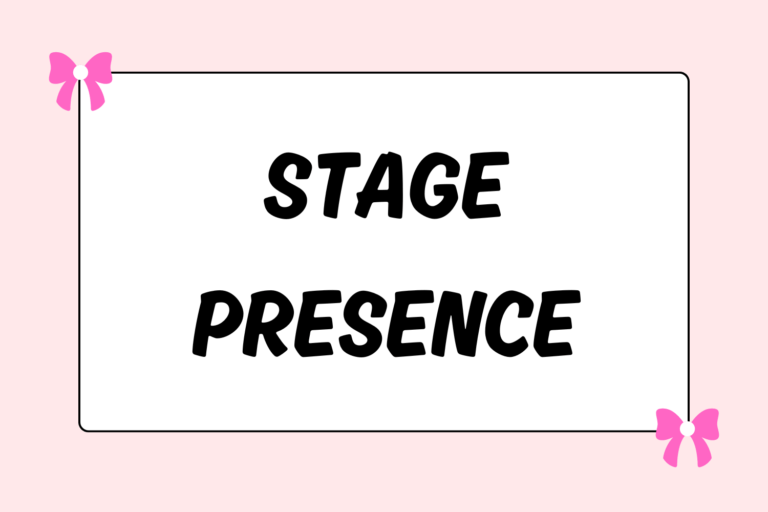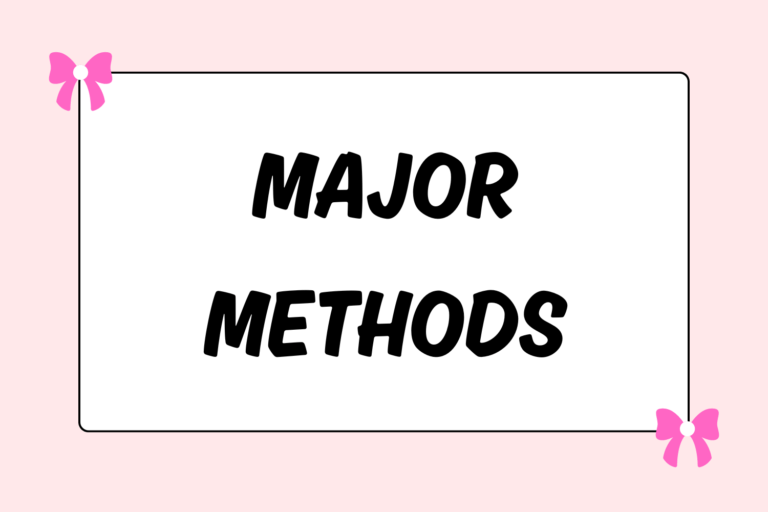There are ballet schools and teachers for everyone — from the tiny, three-year-old aspiring ballerinas to the serious students looking to improve their already sharp skills. Among the variables to consider for each school are the syllabus, the schedule, and the pricing. This guide will help you determine what you or your child is looking for in a training program. It will also arm you with necessary questions to ask potential teachers.
Age-Appropriate Training
Ballet classes are meant to expose the youngest of dancers to the joy of movement. Many traditional ballet schools offer pre-ballet and elementary classes for the youngest of students. It is likely that these schools will be fairly structured and disciplined, introducing students to ballet technique and musicality.
Some younger, budding ballerinas can be intimidated by the rigidity of professional ballet schools. In this case, it is not a bad idea to try a more recreational studio, or a community center or gym that holds ballet classes. The more playful and imaginative classes offered at such studios can often be the perfect way to get children hooked on the magic of dancing. From there, if your child decides he/she loves ballet, there is plenty of time to transition to a more serious school.
Mental Edge
Pre-professional training really begins between the ages of 8 and 10. Dancers will attend ballet technique classes between two and six days per week for multiple hours each class. Choosing a school that suits your child’s learning style is crucial.
Faculty
Be sure to do your research when choosing a school. Go online or get brochures. You’ll also want to read biographies of all faculty and staff members. Ideally, you’ll want the instructors to have professional performing experience in addition to teaching experience.
Also find out where each instructor has trained, danced, and taught in the past, and if he or she has placed former students in professional companies or university programs. All of this will dictate an instructor’s expertise and ability to prepare students for careers in dance.
Cost
Tuition at ballet schools can be high. If you throw in the cost of leotards, shoes, tights, costumes, and even summer programs, it can add up very quickly. Make sure you take this into consideration when choosing a school. If you find a place that works well for your needs, but is out of your price range, ask about scholarship programs or work-study exchanges.
Location
The location of your ballet school is very important, as you will likely be within its walls multiple times per week. Here are a few things to consider in regards to location:
- Is the school in a safe neighborhood?
- Is it accessible by public transportation?
- How long will it take to get there?
- What is the parking situation like?
School Culture
Ballet schools have a reputation for being strict. Dress codes, attendance policies, and expectations within the classroom all factor into the learning environment for classical ballet. That being said, some studios are stricter than others. When looking into a school, ask to see a handbook on policies and guidelines. Make sure that their code of conduct is something you and your child can accept. While some dancers flourish under stringent rules, others may need more open and nurturing environments.
Hot Tip: Home Away from Home
Ballet schools can be a great place for cultivating lasting friendships. While you are visiting a school, try to get a feel for the environment outside of the studio. You want the students and parents to be friendly with each other. Strike up a conversation with those who have been a part of the school for a while and ask about their experiences.
Ask Questions
Here are a few questions you will want to have answered before you or your child enrolls in a new ballet school:
- Is acceptance by audition only?
- What performance opportunities are available?
- Are there parent-teacher conferences?
- How many hours a week are expected of the students?
- Can parents observe classes at any time during the school year?
- Is there a summer program?
- Does the school offer health and nutrition seminars?
- How many students are in each class?
Observe a Class
Once you think you have found a potential school, ask to watch a class. Here are a few things to note while observing:
- How hands-on is the instructor? A competent ballet teacher will be correcting dancers verbally, and making physical adjustments when necessary.
- Are the students encouraged to ask questions? While the teacher will be doing the most talking, young dancers should not be afraid to speak up when they are confused.
- Is the class inclusive? Although a teacher cannot be expected to watch all of the students all of the time, notice if he/she is correcting and coaching everyone, rather than singling out a select few. All dancers should receive equal attention.
- Does the teacher seem knowledgeable? A competent ballet teacher will be fluent in balletic terms and able to convey the information verbally, visually, and, kinesthetically.
Check In
Ballet can be a rewarding and positive activity, regardless of whether a dancer makes it into the professional world. Given the amount of time, hard work and focus it takes to become a ballet dancer, check with your child about his or her experiences. While it is wonderful to be pushed to attain one’s potential, young dancers can burn out from feeling too much pressure. Retaining a healthy self image and building self-esteem are just as important as doing triple pirouettes!





